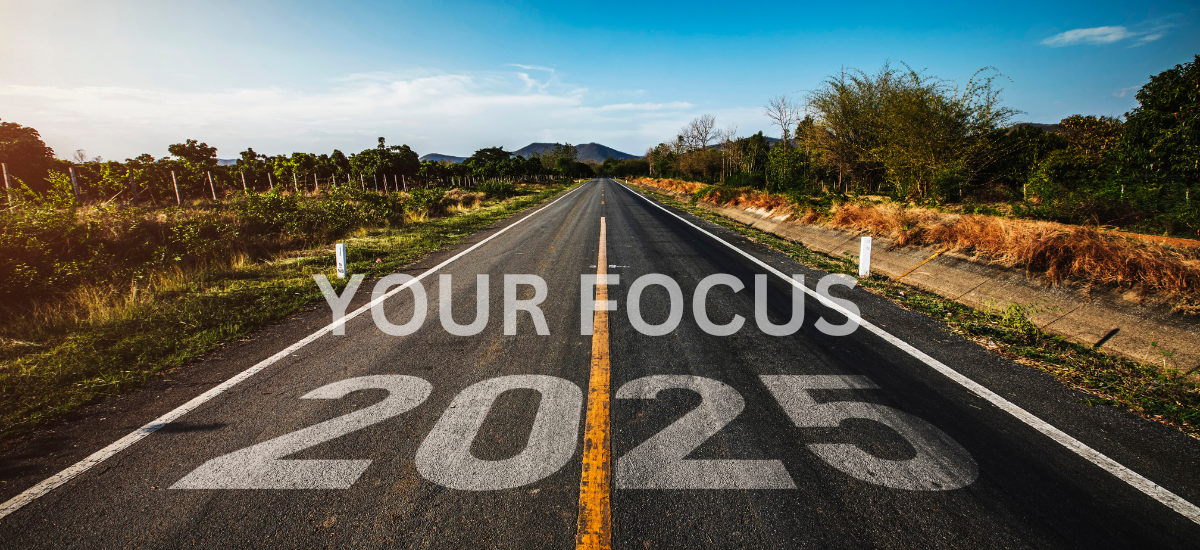The Problem With Success
The problem with success is that we fear losing what we already have. We’re afraid of the risk of the unknown, so we hold on tightly to what we already have. Innovation requires opportunity, bold thinking, and focused pursuit of the unknown.
Do you know the story of Kodak? Kodak began in 1888 as a wet and dry plate photography company. From its earliest years, Kodak heavily invested in research and innovation. For decades, the emerging ideas fueled their growth. They were at the cutting edge of the photography revolution, leading the world from plates to black and white film to color film. They were building an empire and the Kodak brand was becoming synonymous with photography and film.
It’s no surprise, then, that In the early 1970s Kodak invented the digital camera. But that’s where things began to derail. What should have been yet another transformational idea was tossed aside.
Why?
By the 1970s Kodak had built a film empire. By 1979 Kodak had revenue of $8 billion and roughly 145,000 employees worldwide. There were 6k-7k employees dedicated solely to their R&D efforts.
This growth, however, spurned a change in mindset. In 1975, when Steven Sasson invented the digital camera, the once agile business found itself operating in preservation mode. They had built an empire and were afraid to lose it. While predictions of a complete shift to digital were made, the significant investment required and fear of cannibalization of their current film business left the executive team reluctant to make a move.
Whether we realize it or not, this scenario plays out regularly in our businesses. Our world and markets are in constant flux. As they change, so do the environments we find ourselves in. We are required to grow. We’re required to learn. We’re required to adapt. We’re required to identify the problems worth solving. We’re required to take risks and invest in something not yet realized.
Kodak identified problems to solve. They learned, grew, and attempted to adapt. But they focused on the wrong investments and wrong problems for them. Instead of early investments in a digital photography transformation, they invested in chemical operations and pharmaceuticals. When they finally invested in digital photography in the 1990s it was already too late. As a result, while they held onto their success through the ‘80s and ‘90s, the consequences of their decisions finally caught up with them. By the end of 2022, Kodak was down to 4,200 employees and $1.2 Billion in revenue.
"Don’t let the fear of losing be greater than the excitement of winning. "
Robert Kiyosaki
Like people, our businesses, our markets, and our world are constantly changing. Constantly Growing. If we’re not growing with it, we are declining towards irrelevance.
- Are you taking time to think about your business, market, and opportunities?
- Are you intentional in determining which problems are right for your business to solve?
- How do you review and assess whether you’re working on the right problems in your business?
- Are you willing to invest in the unknown even if it conflicts with today’s success?









